What type of heating is best for your home?
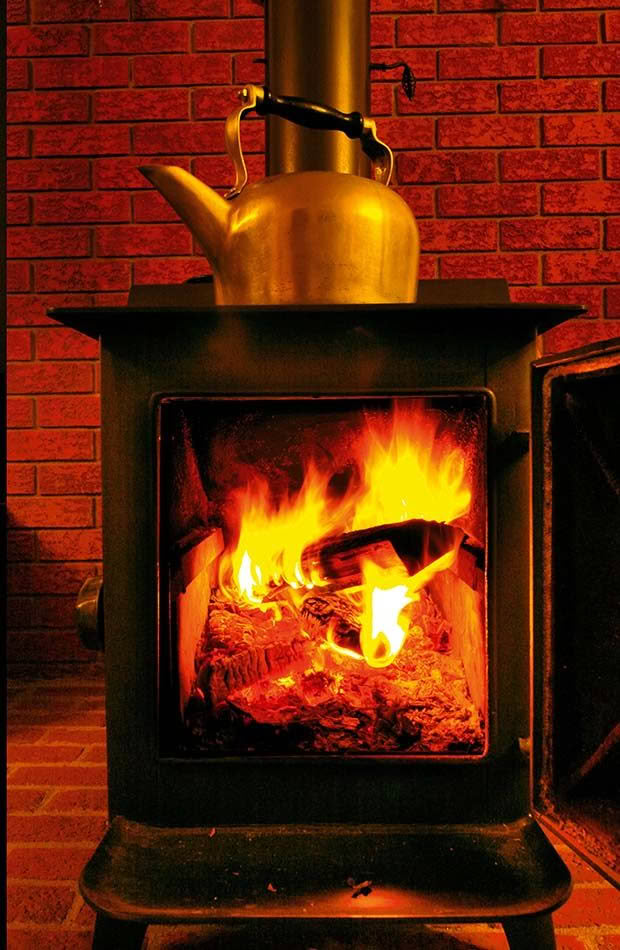
There are more options than ever for heating your home, but how do you work out which one will work in your space?
How you use the rooms that you want to heat often determines the type of heat source that you should be considering.
For rooms that you use regularly it is well worth investing in suitable, fixed heaters which enable you to heat them effectively and cheaply. Clean, effective forms of heating include modern wood and wood-pellet burners, ENERGY STAR® qualified heat pumps and high star-rated, flued gas heaters.
For rooms that only get used occasionally, for short periods of time, electric heaters which are cheap to buy but slightly more expensive to run can often be sufficient.
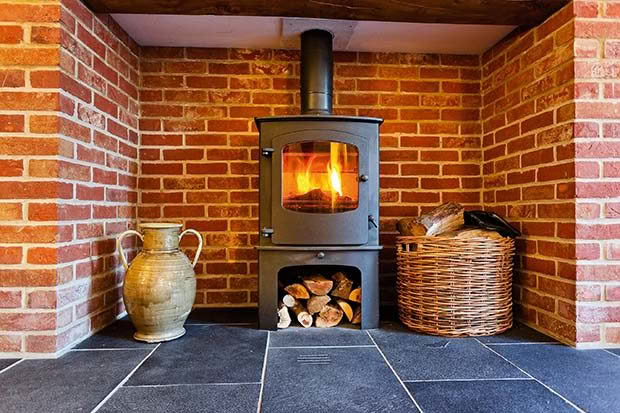
MODERN WOOD BURNERS
Good for
✱ low running costs, especially if you have access to free or cheap firewood.
✱ the environment – they produce very little pollution and use renewable wood energy as a fuel to heat large spaces.
✱ heating hot water in winter through a wetback system.
Be aware
✱ firewood must be dry to burn most efficiently so you need to plan ahead and store it undercover, ideally for at least 12 months.
✱ building consent approval for installation is needed and, unless your property is larger than 2ha.
Download the Ministry for the Environment’s guidelines from here:
www.mfe.govt.nz
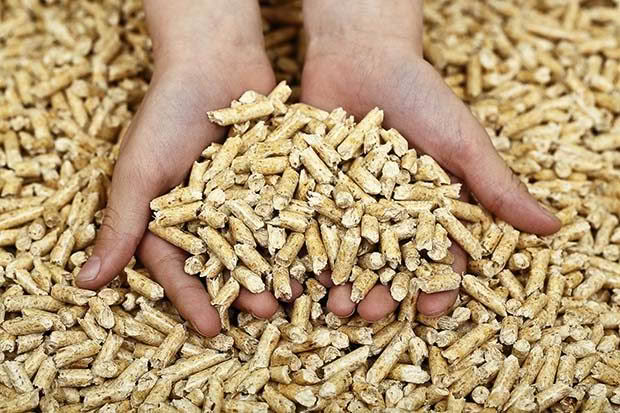
WOOD PELLET BURNERS
Good for
✱ the environment – the pellets are made from waste products and burn very cleanly.
✱ heat control (better than a wood burner).
✱ heating large spaces.
✱ heating hot water in winter through a wetback system.
Be aware
✱ they won’t work if your electricity isn’t working (they use a small amount of electricity).
✱ building consent is needed for installation.
✱ in areas with air quality issues only authorised burners can be installed – see the Ministry for the Environment’s list of approved wood pellet burners.
HEAT PUMPS

Good for
✱ low running costs, when used properly.
✱ producing instant heat.
✱ convenience – you can control the temperature and timing with the thermostat and timer controls.
Be aware
✱ they must be sized correctly for the space and the climate to work well (if you live in a colder area, ask the supplier to size the heat pump based on its ‘H2’ performance).
✱ some are a lot more efficient than others – look for the ENERGY STAR® mark to show you the most efficient model.
✱ they won’t work during a power cut.
FLUED GAS (natural or LPG) heaters or fireplaces
Good for
✱ convenience – you can control the temperature and timing with the thermostat and timer controls.
✱ heating larger areas for longer periods.
Be aware
✱ you may have to pay a fixed charge for reticulated gas supply.
✱ EECA recommends choosing an ENERGY STAR qualified model.
✱ gas heaters must always be installed by a registered gas fitter.
ELECTRIC HEATERS
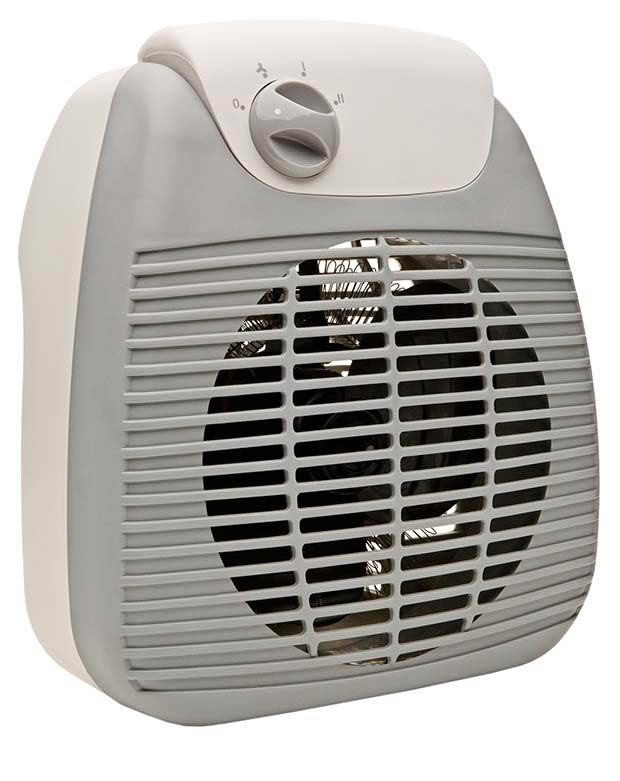
Good for
✱ heating a small
room infrequently
and for short
periods only.
✱ very cheap to buy.
Be aware
✱ they are more expensive to run than most other heating options.
✱ there are different types but they all have the same efficiency (ie, the same amount of heat output per unit of electricity used).
✱ there are different types (eg, radiant, convection, fan) that deliver heat in different ways.
✱ many have built-in thermostats, but generally they aren’t very accurate.
CENTRAL HEATING
Good for
✱ providing whole-of-house heating.
✱ convenience – you can control the temperature and timing with the thermostat and timer controls.
✱ zoning – many are zone-controlled so you can control the temperature in different parts of the home.
Be aware
✱ heat can be supplied by a gas or wood pellet heating system, or a heat pump.
✱ it is worth choosing a system that has an individual thermostat for each room.
✱ can be very expensive to run if your house isn’t well insulated, or is draughty.
UNFLUED GAS (natural or LPG)
Good for
✱ back-up heating during power cuts, if your normal heating relies on electricity to operate.
✱ unflued LPG heaters are the most expensive form of heating (except for some open fires).
Be aware
✱ there are health risks – it will pollute air with toxic gases and large amounts of water vapour, so you must keep at least one window open when it is in useand never use it in bedrooms.
✱ they can make your home damp.
✱ portable LPG heaters can be a fire risk, as anything too close can catch fire quickly.
7 THINGS TO THINK ABOUT WHEN BUYING A WOOD BURNER
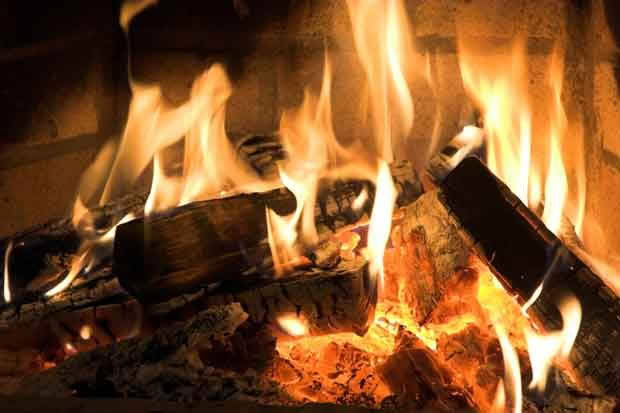
Image: Dreamstime
1 Insulate first. Make sure your ceiling and underfloor insulation is sorted first – your home will be easier and cheaper to heat properly.
2 Get a building consent. You need a building consent from your local city or district council for the installation of a solid fuel burner. These authorities, including the regional council, may also have additional requirements for solid fuel burners so it’s important to check with them.
3 Choose an authorised wood burner. Wood burners installed on properties less than 2ha in size must meet certain emissions and efficiency standards. Check out the Ministry for the Environment’s list of authorised wood burners, and again note that your local or regional council may have additional requirements.
www.mfe.govt.nz – search for wood burners to find the list
4 Work out what size you need. Wood burners need to be carefully matched to the size of room or rooms you want to heat. Modern wood burners often can’t be damped down much and you need to take this into account if you are replacing an old wood burner. Use the free heater sizing calculator to work out how much heat you need. EECA recommends seeking professional advice from your heating supplier.
www.energywise.govt.nz
5 Do you want to heat more than one room? Most wood burners generate much more heat than is needed for one room, but unless your house is very open-plan or has internal door openings which go right up to the ceiling, the excess heat will not easily get to other rooms. Heat transfer kits, which are designed to pump warm air from one room into one or more other rooms, can assist with heat distribution. Heat transfer kits are available from DIY stores, but there are a lot of factors that can affect how well they work so it’s recommended you contact a professional tradesperson.
6 Radiant or convective? Wood burners release their heat through a combination of heat radiation which heats objects and convection which heats air. The amount of each varies from model to model.
Radiant – wood burners that produce mostly radiant heat will make the room they are in feel warmer than the air actually is. This makes them particularly suitable for large rooms with high ceilings and/or with poor insulation and draft issues.
Convective – wood burners that are convective will heat the air around them more which will then rise to the ceiling. This means you will get less heat in the bottom part of your room unless you use a ceiling fan to mix up the hotter (higher) and cooler (lower) layers of air. Convective heat does make it easier to move some of the warm air to other parts of your home.
7 Use a certified installer. Quality installation is fundamental to a wood burner’s performance and safety. The EECA recommends that installation be carried out by a certified Solid Fuel Appliance Installation Technician of the New Zealand Home Heating Association.
www.nzhha.co.nz

